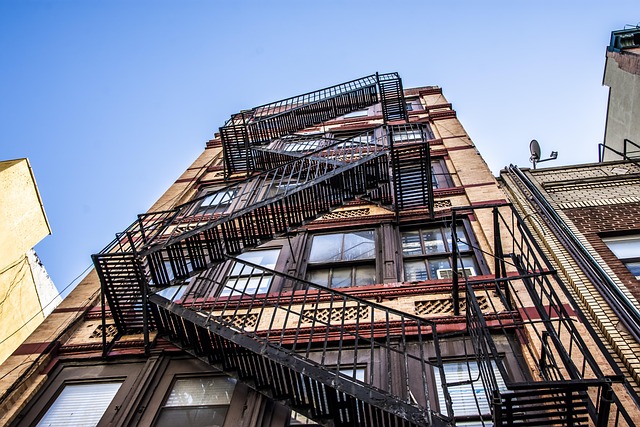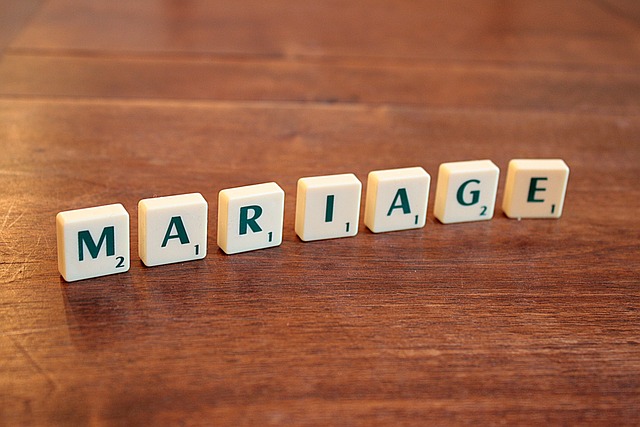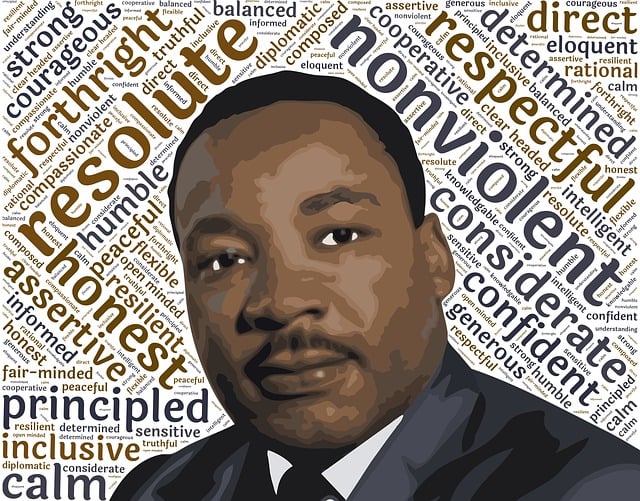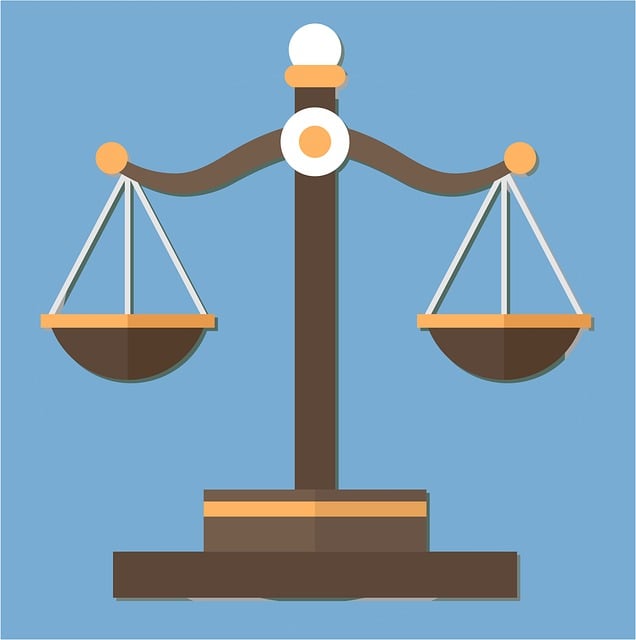In real estate, landlord-tenant maintenance agreements define roles and responsibilities for property upkeep. Landlords are typically responsible for major systems and structural repairs, while tenants handle regular maintenance and minor fixes. This arrangement prevents disputes, fosters cooperation, and ensures landlords maintain properties in habitable condition. Tenants can keep landlords accountable through clear communication, documentation of issues, and understanding lease provisions. If landlords fail to meet obligations, tenants have legal avenues to enforce lease terms and ensure a safe living environment.
In the dynamic realm of real estate, understanding landlord maintenance responsibilities is crucial for both property owners and tenants. This comprehensive guide delves into the intricacies of landlord-tenant maintenance agreements, outlining key responsibilities for property upkeep. We explore strategies to keep landlords accountable, ensuring timely repairs and continuous property optimization. By the end, you’ll be equipped with insights to navigate these agreements effectively in today’s competitive real estate market.
Understanding Landlord-Tenant Maintenance Agreements

In the realm of real estate, understanding landlord-tenant maintenance agreements is paramount for both parties. These agreements delineate the responsibilities of maintaining the property, ensuring a clear framework for addressing repairs and improvements. By contract, landlords are typically required to maintain essential systems and structures, such as roofing, plumbing, and electrical systems, while tenants are often responsible for regular upkeep and minor repairs.
Such agreements safeguard both interests, preventing disputes over who should bear the cost of maintenance. In terms of real estate management, this clarity fosters a cooperative environment where tenants feel empowered to report issues promptly, and landlords can plan for more significant renovations without unexpected financial burdens.
Key Responsibilities of Landlords for Property Maintenance

In the real estate world, landlords have a fiduciary responsibility to maintain properties in a safe and habitable condition. This includes regular upkeep such as repairs to structural elements like roofs, walls, and floors, as well as ensuring that essential systems like heating, ventilation, and plumbing are functioning properly. Landlords must promptly address tenant reports of maintenance issues to prevent further damage and ensure tenant satisfaction.
Beyond routine maintenance, landlords are responsible for carrying out larger-scale repairs and replacements as needed. This could involve updating old or faulty appliances, replacing worn-out fixtures, or even restructuring properties to adhere to safety codes and regulations. Staying current with market trends and property values also falls under their purview, as investments in quality maintenance can significantly impact rental rates and tenant retention.
Strategies to Keep Landlords Accountable for Repairs and Upkeep

In the realm of real estate, maintaining a property in good condition is a shared responsibility between landlords and tenants. To ensure timely repairs and upkeep, tenants can employ several strategies to keep their landlords accountable. One effective approach is to establish clear communication channels. Tenants should document all maintenance issues, including details such as date, time, and description of the problem, and promptly communicate these concerns to the landlord. Regular check-ins and prompt reporting can help prevent small issues from escalating into major repairs.
Additionally, many leases include provisions regarding maintenance and repair obligations. Reviewing and understanding these terms is crucial. If a landlord fails to adhere to the agreed-upon responsibilities, tenants have the right to take action. This may involve sending formal written notices, documenting all interactions, and, if necessary, involving local housing authorities or legal professionals who can mediate and enforce lease provisions. Such proactive measures encourage landlords to fulfill their maintenance duties, ensuring a comfortable and safe living environment for tenants.






